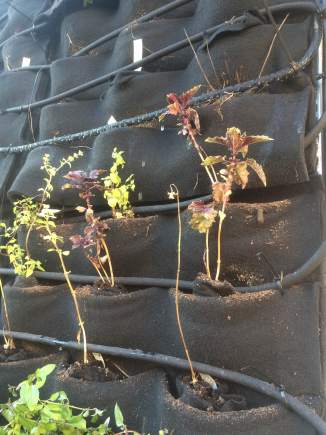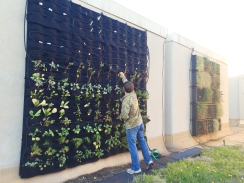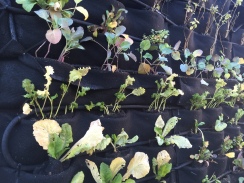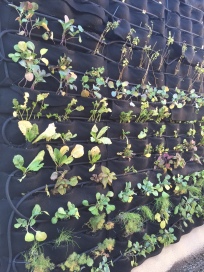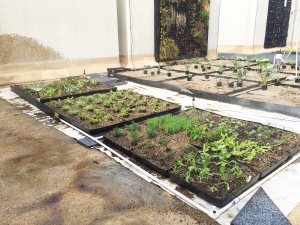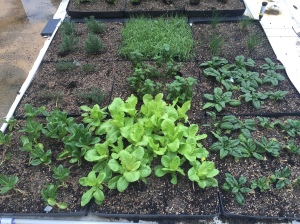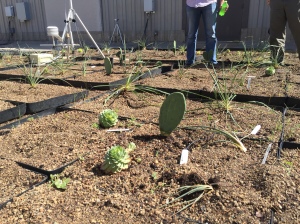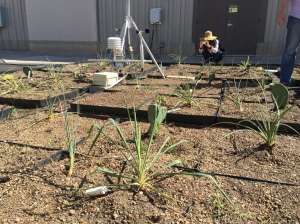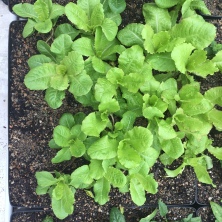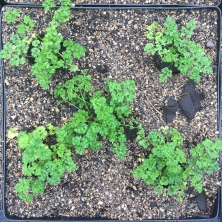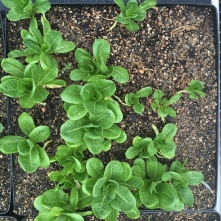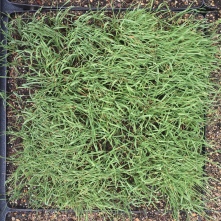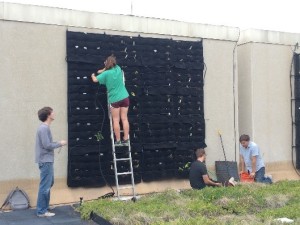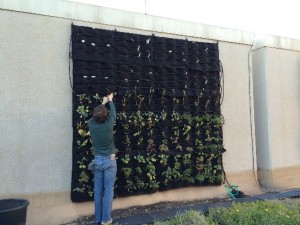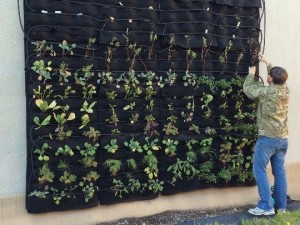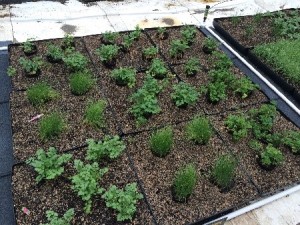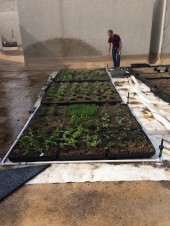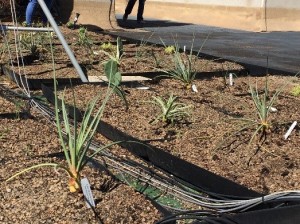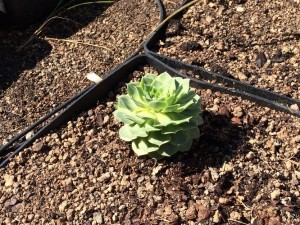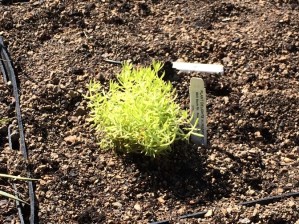This semester I joined the green roof project on top of the Langford Architecture Building. The first time I was up there It looked pretty dim. There were three giant, largely dead walls, and two scraggly squares of roof garden.Despite the situation the other people seemed to have even bigger plans for the project. Now months later lots has changed, and the bigger plans are being achieved. There is another strip of roof garden, filled with vegetables. The scraggly square gardens are both looking much more green, and the walls have been all cleaned off. I have been impressed by how much was accomplished by the small team of people for a couple of hours each week.
As a group, the class has tackled challenges of building and programming an irrigation system, and continually having to cope with their many failures. While the project rolls with these punches I have been able to see that succeeding is not contingent on executing plan A, but instead on learning to work with the problems.
Being responsible for something that is actually happening is the most rewarding aspect of this experience for me. In my other classes or labs, all of the things I did were unimportant, and had no consequence other than my own level of enrichment. Here on the roof I finally have experienced the cliche learning by doing. I have been responsible for planting, counting, building, cutting, programming, and brainstorming things that we need to work in order to accomplish real goals. There are real results and consequences to everything that happens, unlike many of the models or examples I have done in other classes. The way that the group overcomes challenges in order create a successful green roof forces me to stretch myself and learn about a wide variety of things, that all get directly applied to a project. Since the class is really attempting to create something, and not operating in a designed curriculum, I have learned how to deal with the way that the real world affects the project. Sometimes this manifests itself by in the form of unforeseen lessons, such as the time I learned how to use the hand tool to cut PVC pipe. In this project I have experienced more from formulating and working towards our goal, than I did operating in a classroom module.

